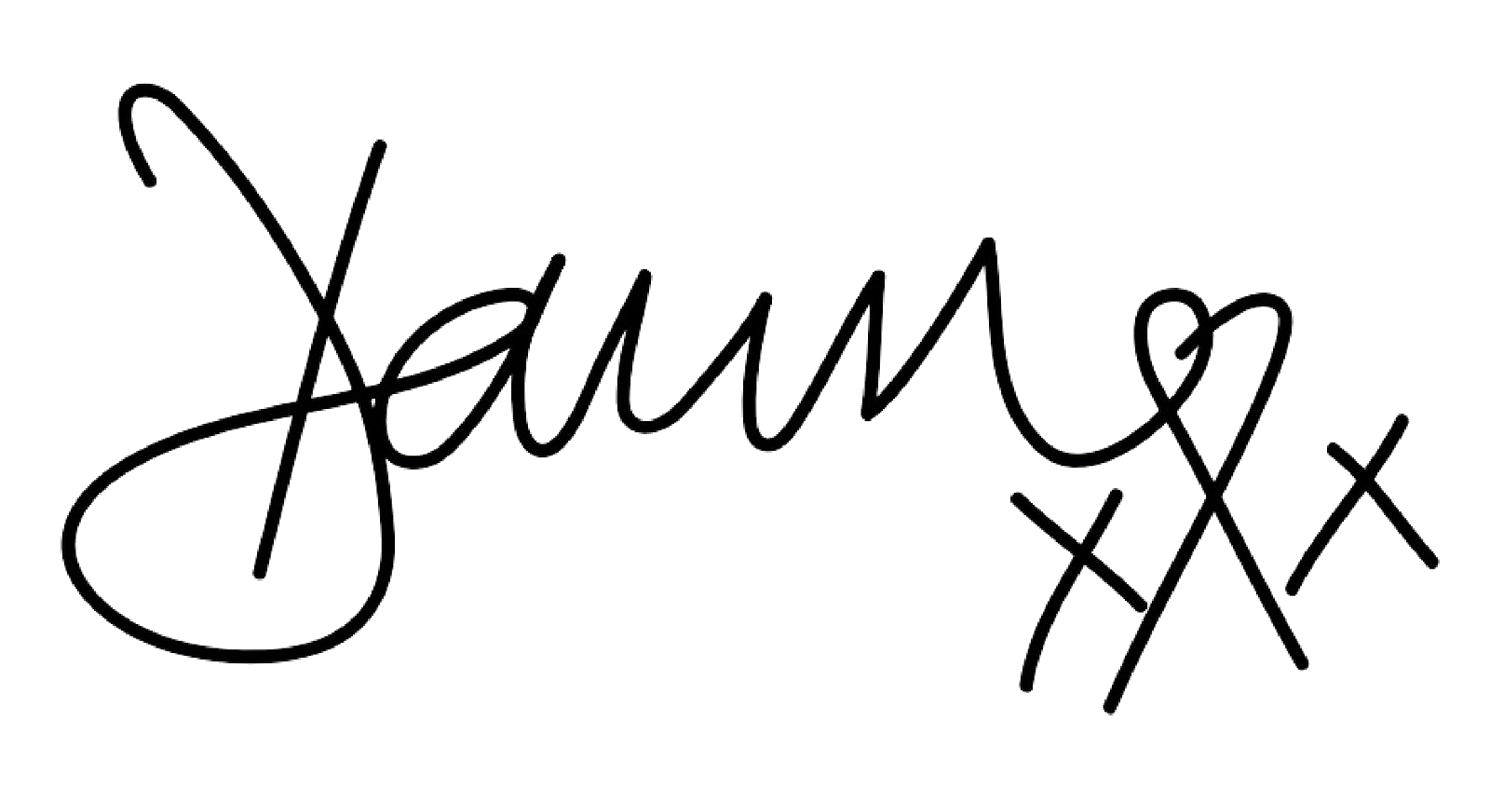
A Click Too Far: Navigating the Dark Side of the Internet
In today’s digital age, the internet serves as a vast repository of information, entertainment, and commerce. Yet, lurking beneath its surface lies a darker side—a world where the innocuous click of a link can lead you down a rabbit hole into realms of profound discomfort and horror.
Imagine this scenario: you’re casually browsing, perhaps looking for a gift or researching a topic, when an innocently related link grabs your attention. You click, expecting benign content, only to find yourself confronted with something entirely unexpected and deeply disturbing.
It’s a world that echoes the sensationalism of Hollywood, yet this isn’t fiction—it’s a stark reality that unfolds before your eyes. Scenes unfold that shock and disturb—graphic images of exploitation and abuse, scenes you wish you could unsee but are inexplicably drawn to witness.
Questions flood your mind. Is this consensual? Are these actors or victims? How did this come to be, and why is it so easily accessible? You’re not prepared for this encounter; it feels like stumbling upon a crime scene without knowing how to respond.
The implications are profound. You think of your own family, your children, and the potential consequences of being associated with such material, even unwittingly. Panic sets in as you scramble to erase your digital footprint, fearing judgment or worse—legal repercussions.
But amidst the turmoil, a moral dilemma emerges. What if this were your loved one? Would you turn away, or would you act, risking everything to bring justice to the victim?
The ethical conundrum intensifies. Reporting feels necessary, yet fraught with risks. How do you explain stumbling upon such content innocently? The fear of being misunderstood or accused clouds every thought.
Seeking advice seems futile; confiding in loved ones risks their misunderstanding or disbelief. Even law enforcement, meant to protect, could become accusatory, seeing you not as a concerned citizen but as a suspect.
In the end, overwhelmed by fear and uncertainty, you retreat. You shut down your devices, clear your history, and try to return to normalcy, clinging to the sanctuary of everyday life.
But can you truly move on? The haunting images linger, and so does the guilt of inaction. Choosing to protect your family feels right, yet leaves a bitter aftertaste—a sense of moral compromise that gnaws at your conscience.
Ultimately, this experience underscores the dual nature of the internet—a gateway to knowledge and connectivity, yet a portal to darkness and exploitation. It serves as a stark reminder of the responsibilities and risks inherent in navigating the digital landscape.
As you close this chapter, you vow to approach online interactions with greater caution, aware that behind every click lies the potential for both discovery and dismay. And while you may have chosen to protect your immediate circle, the echoes of that disturbing encounter linger—a testament to the complexities of our digital age.






